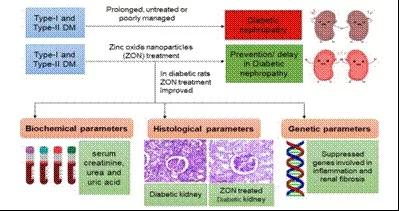August 29, 2024 — In a time when misinformation and vaccine hesitancy continue to challenge public health efforts, a recent study highlights a powerful approach to encourage vaccination. Published in the Journal of Public Health, the study reveals that emphasizing the potential harms of not getting vaccinated is more effective than promoting the benefits of vaccination for individuals or the community.
The research, led by Ke Feng of the Shenzhen Institute for Advanced Study in China, delves into the impact of different messaging strategies during the later stages of a vaccine rollout, particularly when a vaccine’s effectiveness is well-established. Feng and his team sought to determine which type of communication would most effectively motivate people to receive the COVID-19 vaccine.
“This study explored the effect of information frames on vaccination in the late stage of vaccine launch when the vaccine is perceived to be effective,” Feng explained. “The findings can provide valuable insights for improving the ability of governments to respond to pandemics.”
Study Design and Findings
The researchers conducted a scenario-based experiment involving three experimental groups and a control group. Each group was exposed to different messaging tactics aimed at encouraging COVID-19 vaccination:
- Individual Benefits: Participants in this group received information about the personal advantages of vaccination, such as reducing the risk of contracting COVID-19 and experiencing severe symptoms.
- Community Benefits: This group was informed about the broader benefits of vaccination, emphasizing how it can promote herd immunity and protect community members from severe illness.
- Potential Harms of Not Vaccinating: Participants were warned about the consequences of not getting vaccinated, including increased susceptibility to COVID-19 and the risk of severe symptoms due to a lack of antibodies.
The control group received no specific messaging about vaccination.
The study’s results were striking. While all groups exposed to vaccination messaging were more likely to get vaccinated compared to the control group, those who received the “potential harm” message showed the highest likelihood of vaccination, with 72.6% expressing intent to get the jab. In contrast, 65.5% of those who received the “personal benefits” message were inclined to get vaccinated, and only 62% of those in the “community benefits” group showed a similar inclination.
Implications for Public Health
The findings suggest that emphasizing the individual risks of not getting vaccinated is a more compelling motivator than highlighting the potential benefits, whether personal or communal. This insight is crucial for public health officials and governments, particularly in combating vaccine hesitancy and misinformation.
As the world continues to navigate the challenges posed by the COVID-19 pandemic and other potential health crises, the study underscores the importance of strategic communication. By focusing on the risks associated with non-vaccination, public health campaigns may see higher vaccination rates, ultimately leading to better health outcomes for individuals and communities alike.
Conclusion
In an era where vaccine misinformation can spread rapidly, this study provides a clear directive: when encouraging vaccination, stressing the dangers of not getting vaccinated may be the most effective approach. Public health messaging that highlights these risks could be key to boosting vaccination rates and safeguarding public health in future pandemics.











